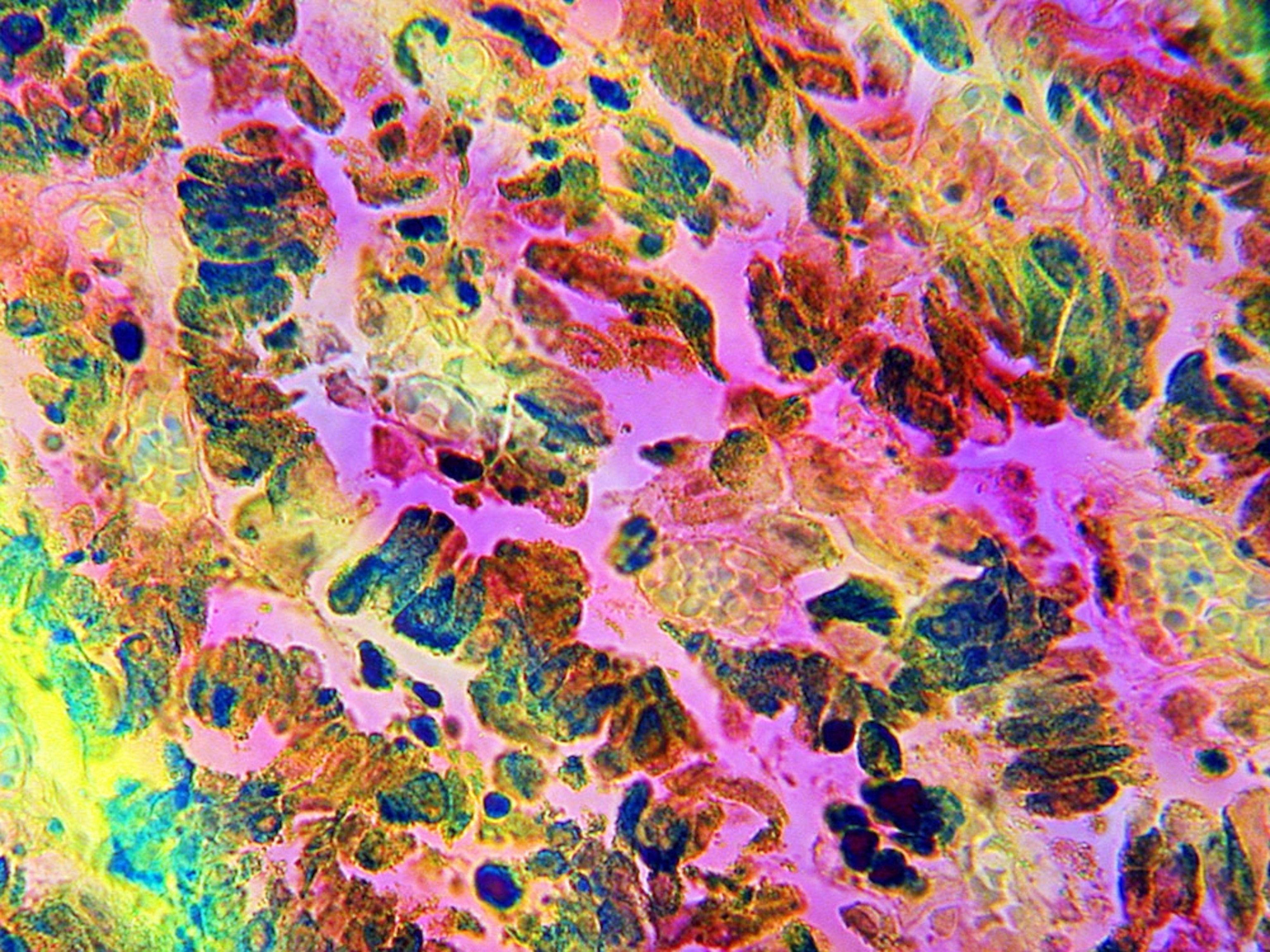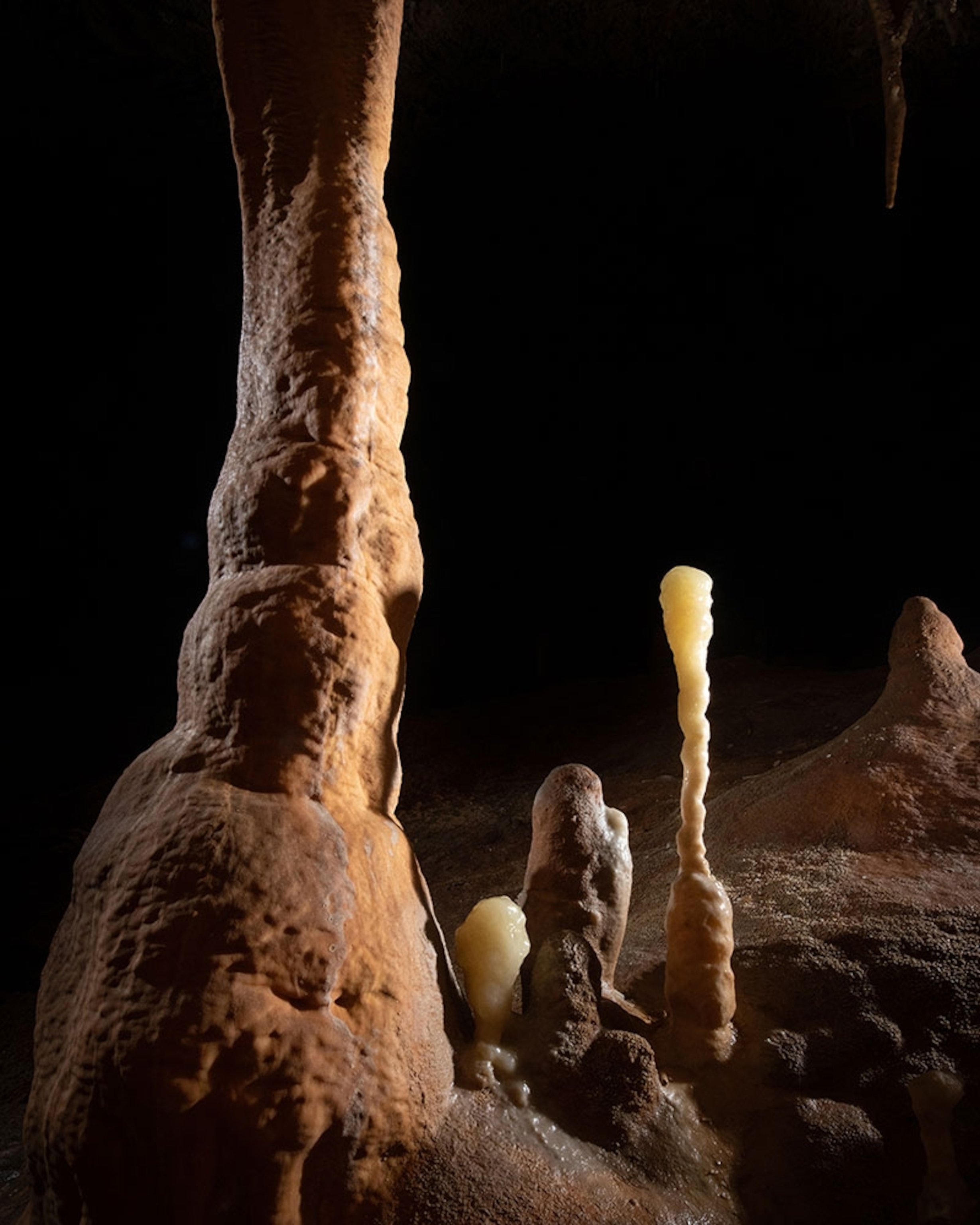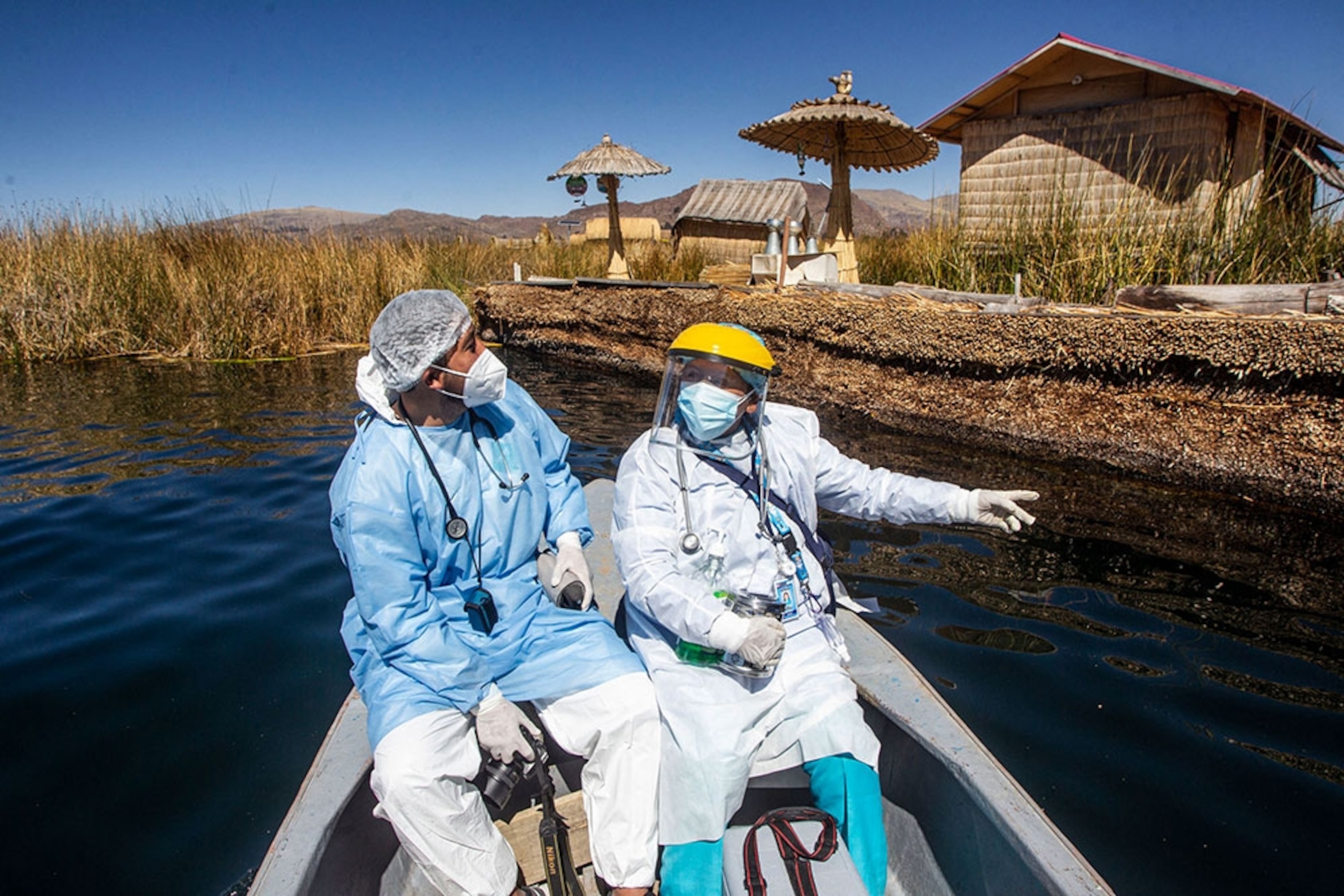
Why is hesitancy rising as vaccines get better?
This article is an adaptation of our weekly Science newsletter that was originally sent out on July 14, 2021. Want this in your inbox? Sign up here.
By Victoria Jaggard, SCIENCE executive editor
This week, the Associated Press reports that about 1.3 million people in France made vaccine appointments in one day following new government mandates. President Emmanuel Macron announced that people in France would soon need special passes showing either their vaccination status or negative COVID-19 test results to go to restaurants and malls, or to ride in planes and trains. He also said vaccines would become mandatory for all healthcare workers in the fall.
To many people, these measures will sound draconian. But after an initial surge in vaccinations, the rate slowed down in the summer, so that right now only 41 percent of France’s population has been fully vaccinated. That’s well below the rate needed for herd immunity at a time when dangerous variants are threatening to extend the pandemic.
We’re in a similar pickle in the U.S., where just 48 percent of the population is fully vaccinated and rates for new appointments have also been dropping.
So far, U.S. officials have chosen to use the carrot rather than the stick, with federal and state leaders offering prizes big and small to encourage vaccination. The question on everyone’s lips is whether vaccines will become mandatory here, too, though odds are that would happen at the level of states and businesses rather than the feds. Intriguingly, a June survey by the nonprofit Kaiser Family Foundation found that half the respondents think U.S. employers should require their workers to get vaccinated—even though most people don’t want their own employer to make shots mandatory.
Underpinning the kerfuffle is the complex tangle of reasons why people remain unvaccinated. According to that Kaiser survey, 53 percent of respondents in the U.S. think the COVID-19 vaccine is too new and are worried about side effects. But the survey also found that workers whose employers offered paid time off to get vaccinated and recover from side effects were much more likely to report getting at least one dose of the vaccine. These results further underscore how much social equity, and not just hesitancy, will play a role in ending the pandemic. (Pictured above, a 2020 rally against flu shots for kids in Massachusetts.)
A smaller but still alarming number of people—26 percent—say they are skipping the COVID-19 shot because they don’t trust vaccines in general. That’s especially troubling when one of the brightest spots of the pandemic has been the rise in mRNA technology. The two mRNA vaccines currently in use continue to prove safe and effective, and that’s driving development of mRNA shots for a host of other diseases. Moderna has already started human clinical trials for an mRNA flu vaccine. And as Stacey Colino reports for us, promising clinical trials are underway for mRNA vaccines that can help beat back especially dire forms of cancer, including pancreatic cancer and melanoma (pictured above).
It’s tragic to think that heightened distrust of vaccines stoked during this pandemic might prevent people from taking advantage of future life-saving options. It’s equally tragic that people who may want vaccines can’t get them because they don’t have the necessary support systems. Vaccine mandates may well be in our future in the U.S., and I sincerely hope the people making them take all these factors into account and craft policies that ensure vaccines are seen as safe, reliable, and accessible to all.
Do you get this daily? If not, sign up here or forward this to a friend.
TODAY IN A MINUTE
Educational gap: Students in rural America trail behind their suburban peers when it comes to studying science. A new analysis of federal data in the Hechinger Report find that only 13 percent of rural and small-town students major in math and science in college, compared with almost 17 percent of students in the suburbs. Urban students lag in science education, but not by much. Many rural towns rely on science-heavy fields, from agriculture and mining to forestry and manufacturing.
Solving mysteries: Traditional spy agencies don’t have all the answers, so intelligence officials have turned to scientists for intel on the coronavirus and UFOs.The Office of the Director of National Intelligence has also created two national posts, one to look at climate change and the other to examine disruptive technology, intelligence officials tell the New York Times.
Cool clothes: Researchers have designed a new fabric that looks like a T-shirt but reduces body heat significantly better than cotton, Science magazine reports. If produced, the material could help people protect themselves against the rising temperatures caused by climate change, they say.
Emmy season: Nat Geo programming received four Emmy nominations yesterday, including an outstanding documentary or nonfiction series nod for Secrets of the Whales. Cynthia Erivo was nominated for best actress in a limited series or movie for Genius: Aretha. City So Real received nominations for outstanding documentary or nonfiction series and for cinematography for a nonfiction program.
INSTAGRAM OF THE DAY
What can we learn from stalagmites? North Africa is sensitive to changes in climate, particularly in terms of rainfall patterns. We can tell from the shape of the stalagmite pictured here that rainfall has changed in this part of Tunisia in the past, causing the stalagmite to alter its character and show signs of regrowth. Before the pandemic, photographer and Nat Geo Explorer Robbie Shone had been following the work of scientists who are looking at changes in rainfall patterns through time. Several of their field sites lie inside Djebel Serdj, which hosts some of the largest caves in Tunisia.
The National Geographic Society, committed to illuminating and protecting the wonder of our world, funded this work. Learn more about the Society’s support of Explorers.
THE BIG TAKEAWAY
How deadly is the Lambda variant? And how transmissible? These are the questions researchers are asking about the COVID-19 that has swept Peru and is moving through South America. The variation has a mutation that enables it to dodge the human immune system, Sanjay Mishra writes for Nat Geo. (Pictured above, health workers are ferried to Peru’s Uros islands to inoculate residents.)
THE NIGHT SKIES

A cluster to see: About a couple hours after sunset any day this week, look toward the southern sky for the Scorpius constellation. With the moon out of the late-night sky, this week is perfect for hunting one of the closest globular clusters to Earth, known as Messier 4. This tight ball-shaped grouping of 100,000 stars sits 7,400 light-years from us and is easy to spot even with binoculars, looking like a tiny cotton ball. A small telescope begins to resolve some of its individual stars. Taking up as much space in the sky as the full moon, you’ll find M4 easily, since it sits just west of the orange star Antares—visible in the same telescope field of view. Also this week, don’t forget to watch the amazingly close encounter of Venus and Mars as they slowly move apart. Both planets were at their closest on Monday but are still putting on quite a show. Visible low in the western horizon just after sunset, Venus is the brighter star-like object. — Andrew Fazekas
Related: The celestial explanation for the ‘dog days of summer’
IN A FEW WORDS
If you can increase the amount of different manufacturing platforms, then you can make more vaccines more quickly for more people.
John Tregoning, Infectious disease researcher, U.K. Imperial University, From: Your next vaccine may come from a tobacco plant
DID A FRIEND FORWARD THIS NEWSLETTER?
On Thursday, Rachael Bale writes on sharks, smart dogs, trout on meth, and the latest on animals and wildlife. If you’re not a subscriber, sign up here to also George Stone on travel, Whitney Johnson on photography, Debra Adams Simmons on history, Rob Kunzig on the environment, and Rachel Buchholz on family and kids.
THE LAST GLIMPSE
Billionaire space race: That’s what two launches this month have been called. Richard Branson (above) went first on Sunday, when his Virgin Galactic space plane flew to more than 53 miles above Earth’s surface. And Jeff Bezos is scheduled to do the same thing next week in Blue Origin’s New Shepard rocket. “Beyond the glory-seeking exploits of the rich, though, new space vehicles like SpaceShipTwo and New Shepard could provide a unique platform for aerospace and scientific research,” Nat Geo’s Michael Greshko writes.
This newsletter has been curated and edited by David Beard and Monica Williams, and Jen Tse has selected the photos. Have an idea, a link, a hankering to ride in space yourself? We'd love to hear from you at david.beard@natgeo.com. Thanks for reading.



